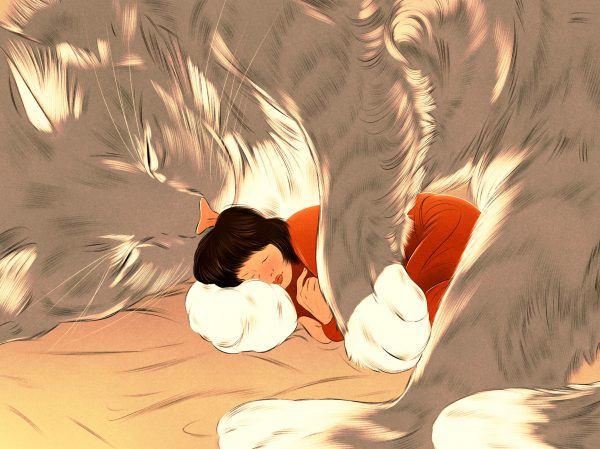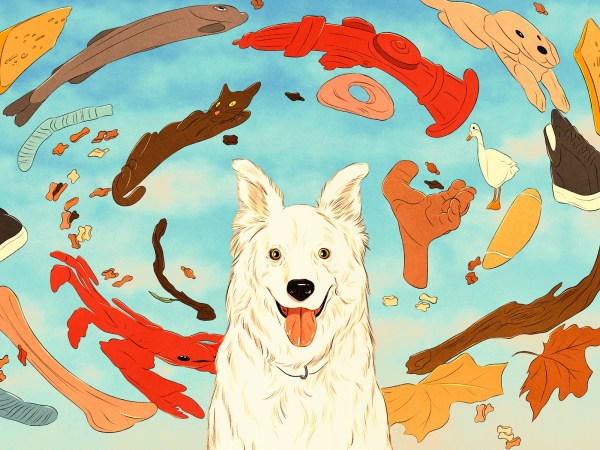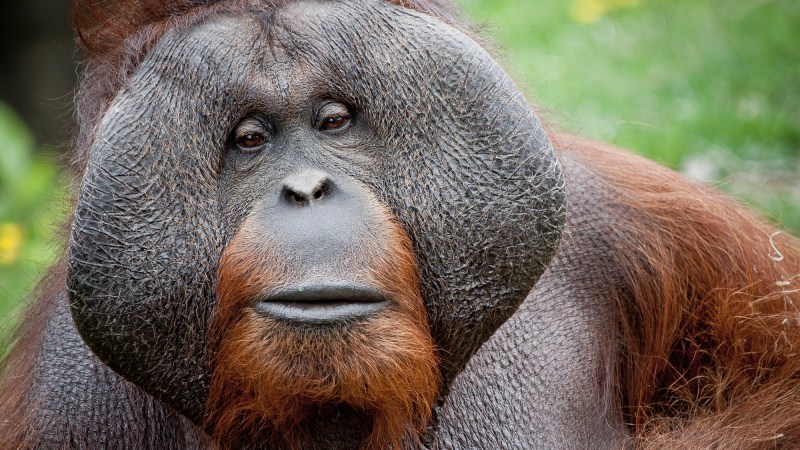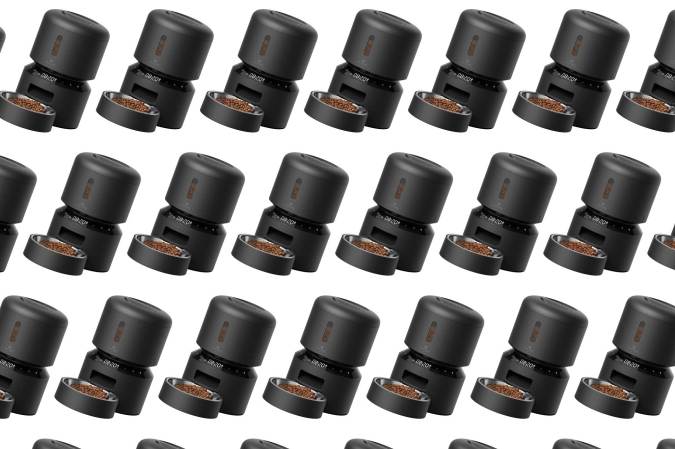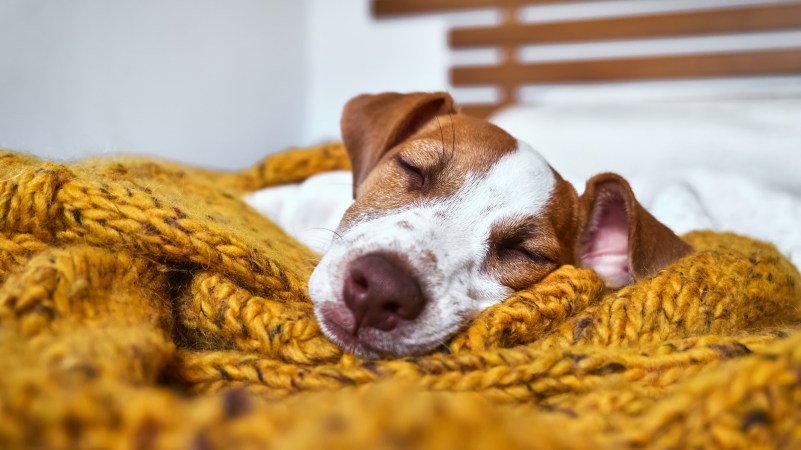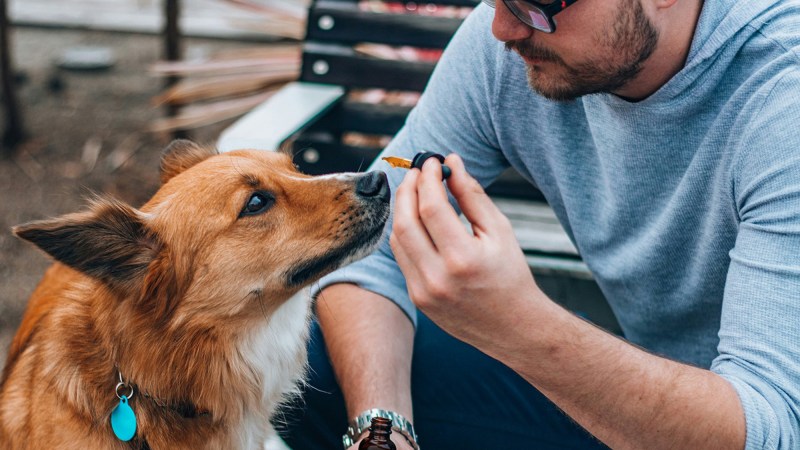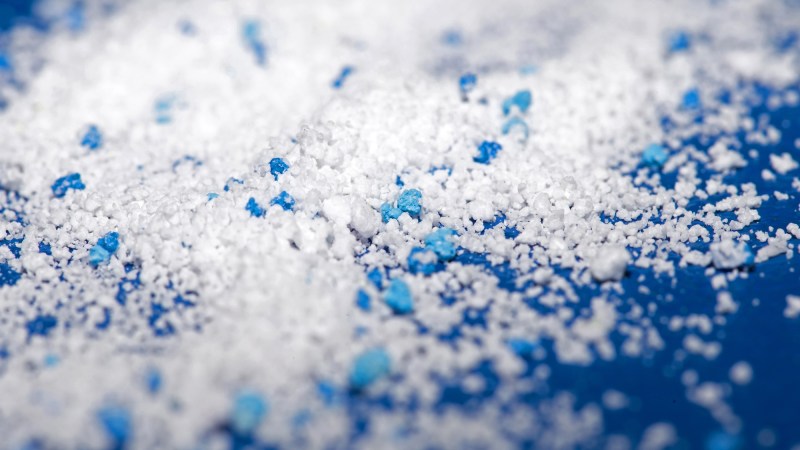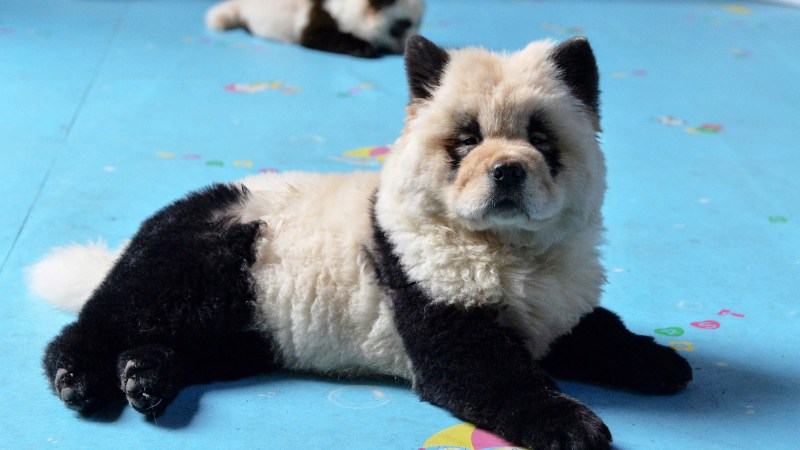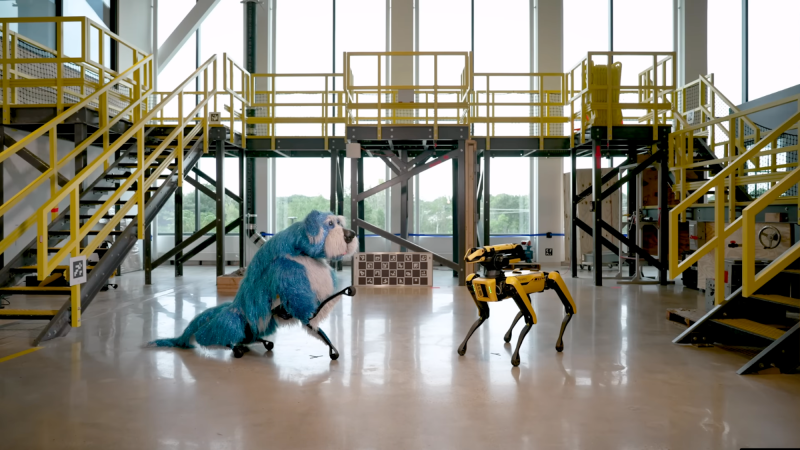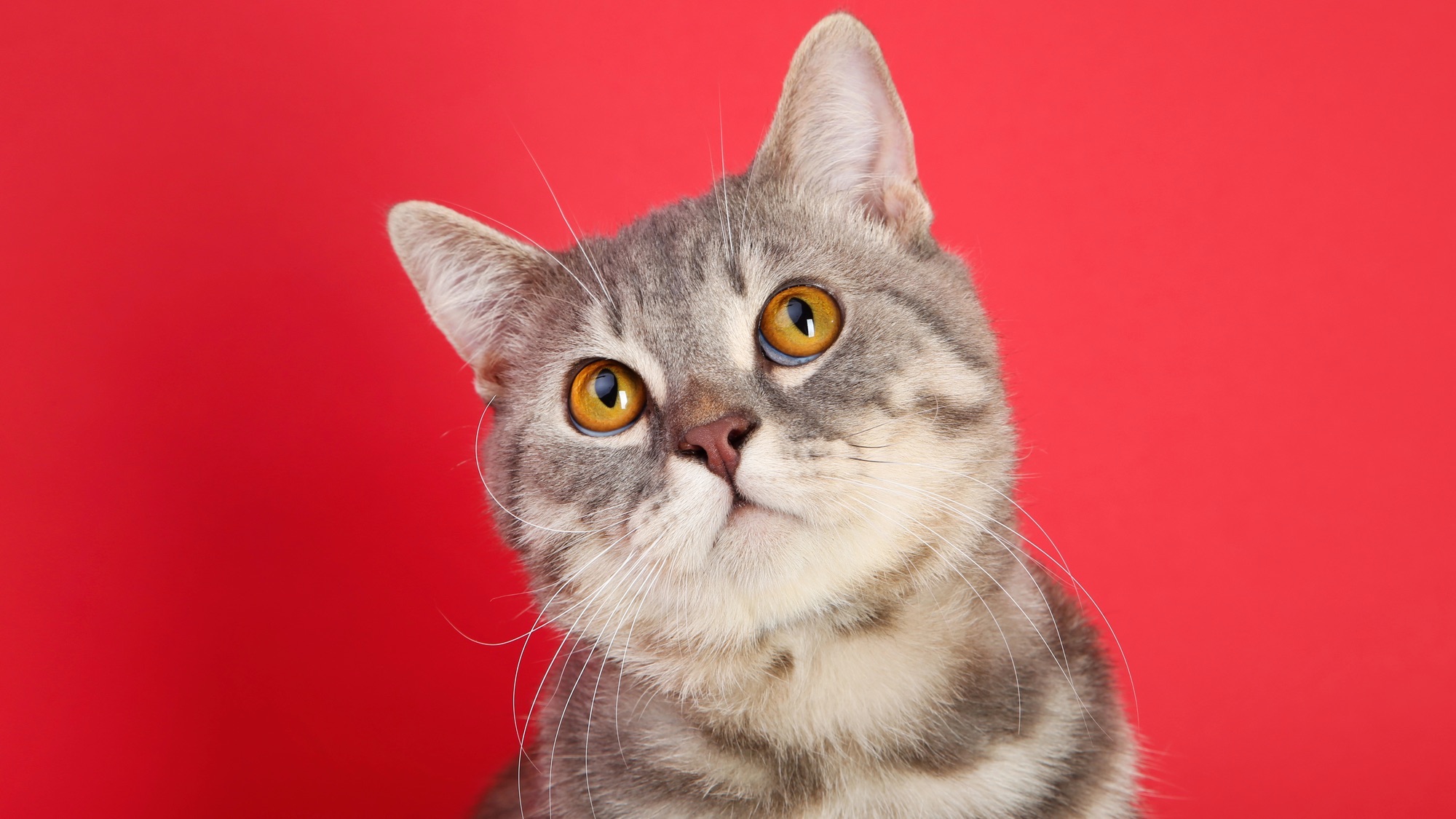

When they aren’t yowling to be let out the front door (and immediately back in again), bringing home half-dead animals, and purring contentedly as you recover from receiving said animals, cats love few activities more than “making biscuits”.
In case you aren’t familiar, here’s a quick refresher: a “biscuit-making” cat will push its front paws in turn into the side of its owner or perhaps some nearby furniture while looking blissed out. What is going through the minds of our furry friends while they make biscuits? Let’s review the science.
Biscuit-making in kittens
The basis for biscuit-making behavior starts early in a cat’s life, says Danielle Gunn-Moore, a professor of feline medicine at the University of Edinburgh and owner of two cats–the Maine Coons MacDuff and Brora.
After a female cat–called a queen–has kittens, the newborns’ main preoccupation begins and ends along the underside of their mother’s belly, where a cat’s mammary glands are found. Gunn-Moore calls this area the “milk bar”.
“In order to get milk letdown, you have to challenge the milk bar,” says Gunn-Moore. This is common practice across mammals–think of a calf head-butting its mother’s udder halfway through a feed. Kittens stimulate their mothers’ mammary glands with their paws, using the same kneading motion as biscuit-making adult cats. For young animals, stimulating the mammary glands produces the thing they want the most at this early stage of life: more milk.

Gunn-Moore says that biscuit-making in adult cats is about harking back to kittenhood and an activity that makes them feel good. In some cats, she adds, biscuit-making may be accompanied by a hearty episode of dribbling.
“Cats start weaning their kittens at about four weeks,” says Gunn-Moore. Over the next month of life, kittens will move onto solids. Some mother cats let their kittens continue to suckle during this period. For cats, suckling is also a bonding behavior between mother and kitten, says Gunn-Moore. As kittens suckle, the queen releases a pheromone called the feline appeasing pheromone (FAP). FAP relaxes kittens and helps them bond with their mother. This chemical signal, which has been synthesized and bottled in certain cat products, helps kittens stop arguing over teats and further cements biscuit-making as a pleasurable activity. “It’s an appeasement behavior,” she says. “The equivalent in humans is sucking a thumb.”
Excessive biscuit-making in cats
In some cats, excessive biscuit-making behavior may be a sign that they were weaned off milk too early as kittens, says Gunn-Moore. When a mother cat naturally decides that their kittens have had enough, they will stand up, ending a feed. While kittens might shout and moan when this happens, that frustration means their brain stops associating biscuit-making with pleasurable outcomes.
Kittens that have had this natural process of separation from their mother’s milk interrupted tend to show more behavioral problems, says Gunn-Moore. “Particularly, over-bonding with their person to the point that they will really suckle them and will actually lock-on–they’ll bite them,” she explains. This biting wouldn’t hurt a mother cat, but a human’s thinner skin can easily be broken, resulting in trips to the feline behaviorist. Cats won’t stop at suckling their humans–early weaning predicted wool sucking in a study of Siamese and Birman cats.
Even if biscuit-making can be excessive and prompts unfortunate levels of cat saliva, the underlying message to owners is a positive one. Cats will make biscuits on the person or people that they feel safest with, explains Gunn-Moore. “You get some cats who will do it on inanimate objects,” she adds. These objects have soft surfaces with a similar tactile feel to a mother’s cat’s underside. Biscuit-making is a very common activity among cats, and can even be seen in big cats such as lions.
Many cat owners will have already gathered from looking at the happy expression on their biscuit-making cats’ faces that they are having a good time. Gunn-Moore confirms this. “They are feeling happy and relaxed and bonded to their person. They are not going to do it on someone they don’t trust,” she concludes.
